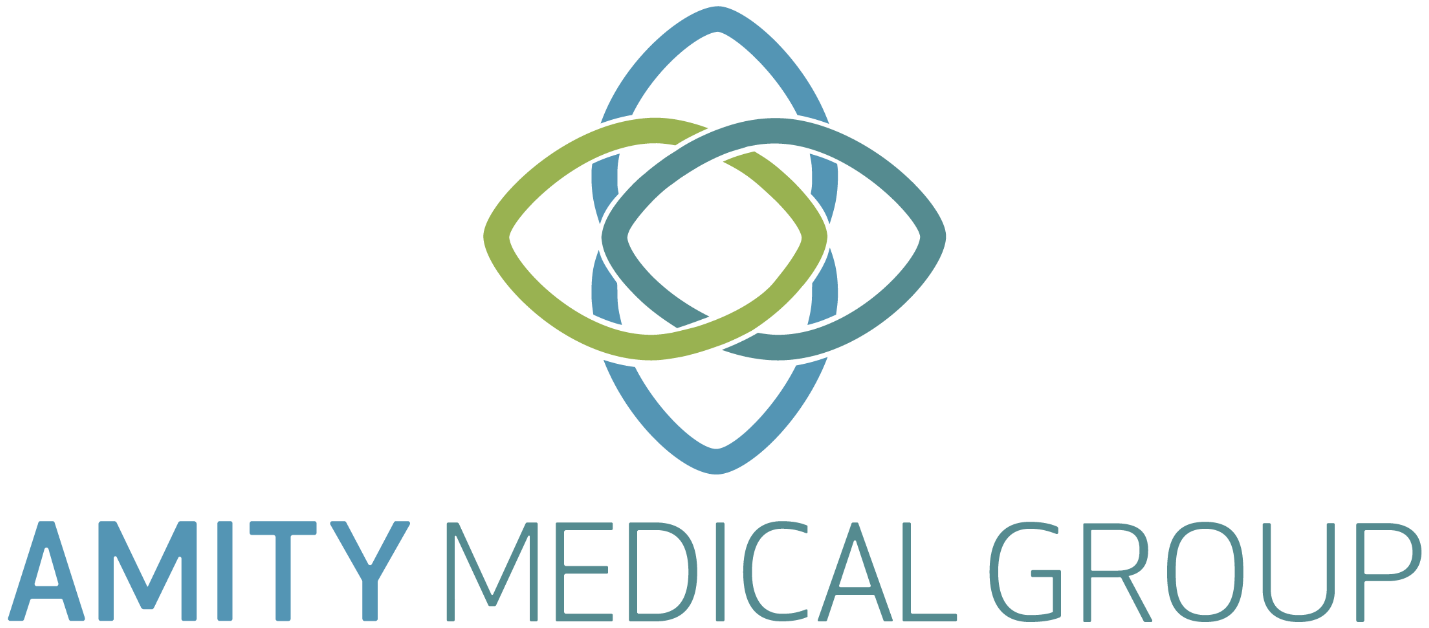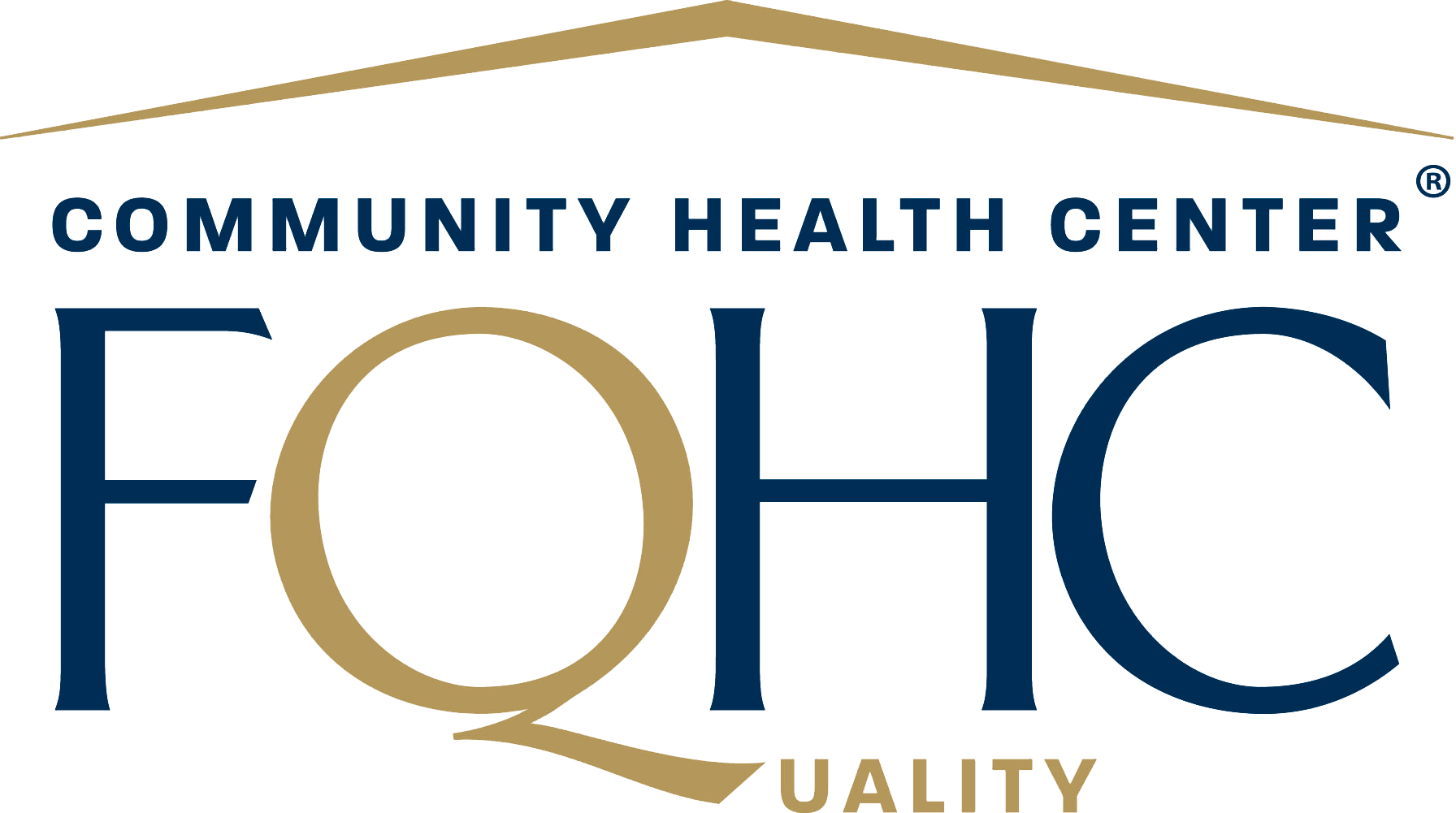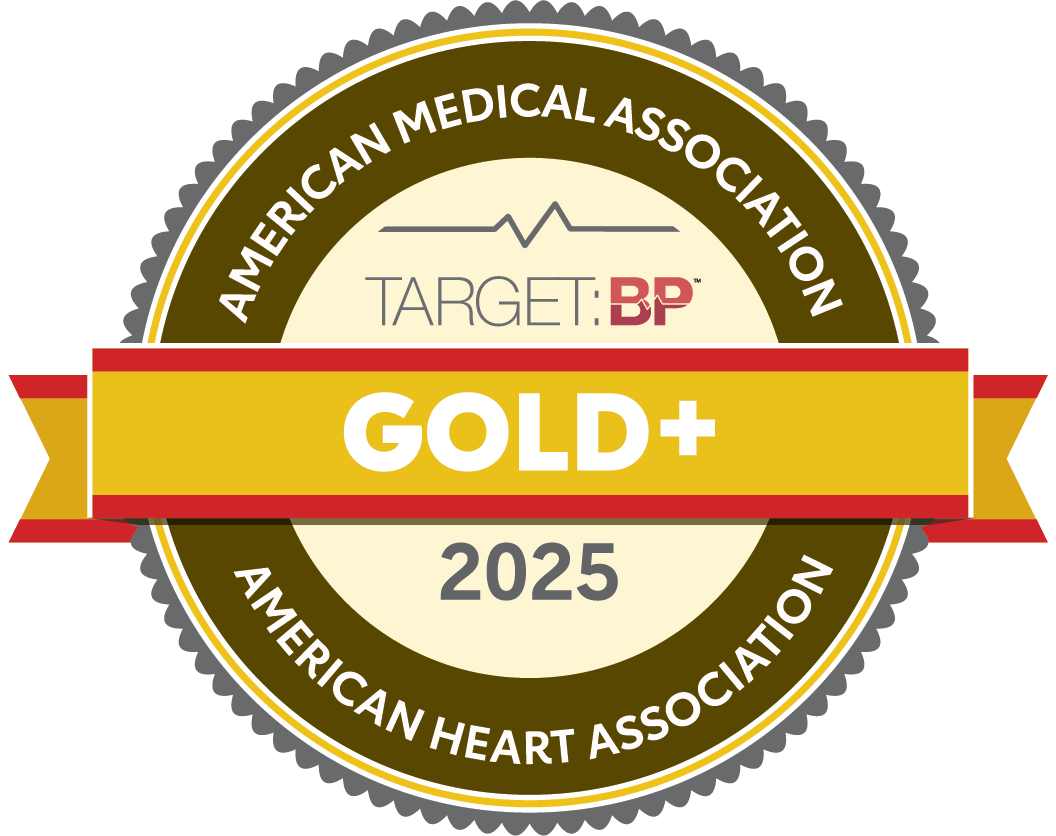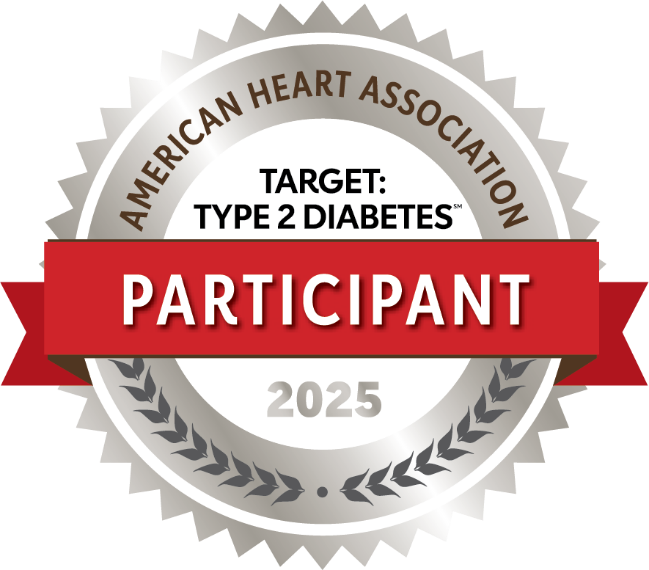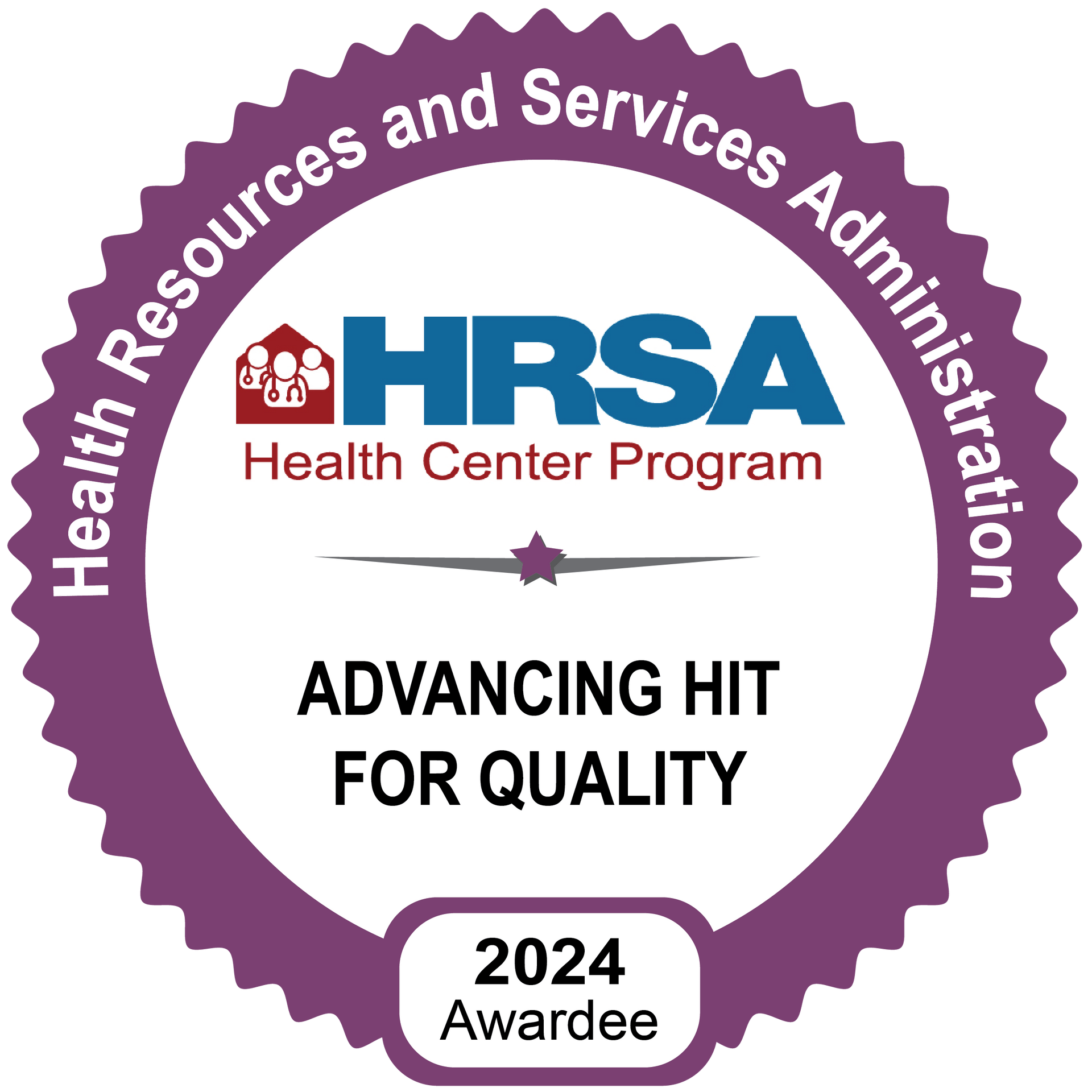RX Pad Blog
Everything You Need to Know about HIV: Diagnosis, Treatment, and Prevention
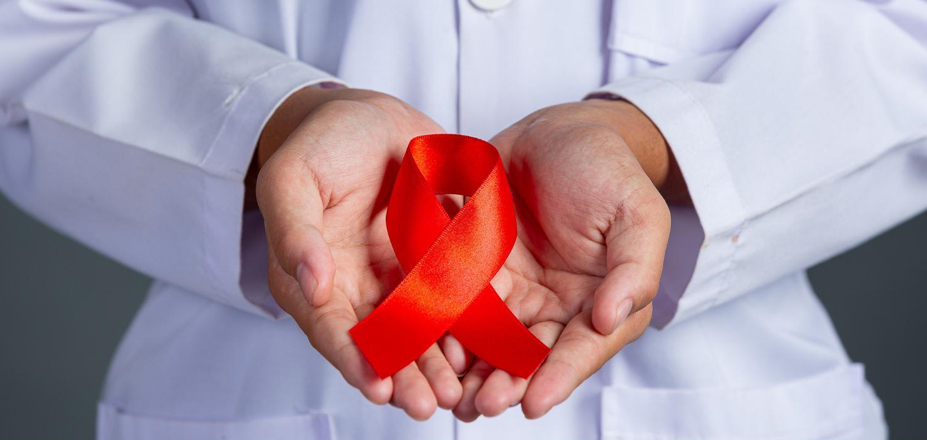
All over the world, an estimated 39million people were HIV positive as of 2022. This included 37.5 million adults and 1.5 million children under 15. Even with significant advances in medical research, combating misinformation and reducing stigma remain critical challenges in dealing with the HIV epidemic.
Read on for a comprehensive overview of HIV, covering its causes, symptoms, diagnosis, treatment options, and preventive measures.
What Is HIV?
HIV, or human immunodeficiency virus, attacks the immune system, focusing on CD4 cells (T cells), which are important for fighting infections. As HIV progresses, it can destroy these cells, leaving the body vulnerable to opportunistic infections and diseases, leading to the advanced stages of HIV. HIV uses reverse transcriptase (RT), an enzyme that transforms its RNA into viral DNA, a process known as reverse transcription.
Causes of HIV
HIV is transmitted through contact with the blood and body fluids of a person with HIV. These fluids include:
- Blood
- Semen (including pre-seminal fluid)
- Vaginal fluids
- Rectal fluids
- Breast milk
HIV is spread through the following modes of transmission:
- Condomless Sex: Engaging in vaginal, anal, or oral sex without using a condom can lead to HIV transmission.
- Sharing Needles: Using contaminated needles or syringes for drugs, tattoos, or piercings.
- Mother-to-Child Transmission (Vertical transmission): During pregnancy, childbirth, or breastfeeding, an HIV-positive mother can transmit the virus to her child.
- Blood Transfusions: Receiving contaminated blood products (not routine in the US)
Stages and Symptoms of HIV
The signs of HIV differ based on the infection's stage:
Acute HIV Infection
This initial stage occurs within 2-4 weeks of virus exposure. Symptoms may include fever, headache, muscle aches, rash, sore throat, and swollen lymph nodes.
Clinical Latency Stage
Also known as chronic HIV, this stage can last for several years without symptoms. The virus is still active, but its reproduction rate is extremely low.
Advanced HIV (AIDS)
When the immune system is severely damaged, opportunistic infections and certain cancers can occur. Symptoms may include rapid weight loss, recurring fever, night sweats, extreme fatigue, and prolonged swelling of lymph glands. Some individuals may also experience persistent diarrhea lasting over a week and sores appearing in the mouth, anus, or genital area.
Diagnosing HIV
Early diagnosis of HIV allows for effective treatment and prevention of transmission to others. There are multiple HIV diagnostic tests available:
Antibody Tests
These tests detect antibodies to HIV in the blood or oral fluid. They can be performed in the healthcare setting or at home using a rapid test kit. A positive test must be confirmed.
Antigen/Antibody Tests
These tests can detect HIV antibodies and antigens (a part of the virus) in the blood. They can detect HIV earlier than antibody tests, and are usually performed in laboratories. A positive test must be confirmed.
Nucleic Acid Tests (NATs)
These tests detect HIV and can tell the amount of virus present in the blood. These tests are used for confirmation of an HIV diagnosis and to test how well medicines are working for HIV treatment.
Treatment Options for HIV
While there is no cure for HIV, antiretroviral therapy (ART) effectively manages the virus. ART aims to:
- Reduce Viral Load: ART can lower the amount of HIV in the blood to undetectable levels, improving the immune system's function.
- Prevent Progression to Advanced HIV: By maintaining an undetectable viral load, ART helps prevent the progression from HIV to its advanced stages.
- Reduce Transmission Risk: An undetectable viral load prevents the risk of transmitting HIV to others. Undetectable = Untransmittable (U=U)
Standard classes of HIV medicines include:
- Nucleoside Reverse Transcriptase Inhibitors (NRTIs): Block HIV's ability to use reverse transcriptase enzyme.
- Non-nucleoside Reverse Transcriptase Inhibitors (NNRTIs): Bind to and alter reverse transcriptase, preventing HIV replication.
- Protease Inhibitors (PIs): Inhibit another enzyme called protease, which is needed for HIV to make new virus particles.
- Integrase Strand Transfer Inhibitors (INSTIs): Block the enzyme integrase, which HIV uses to integrate its genetic material into the host cell's DNA.
- Entry Inhibitors: Stop HIV from getting into human cells.
Preventing HIV
Here are some effective HIV prevention measures:
- Pre-Exposure Prophylaxis (PrEP): Taking part of an HIV regimen as a preventative can significantly reduce the risk of acquiring HIV for people at high risk.
- Post-Exposure Prophylaxis (PEP): Taking HIV medications within 72 hours of a possible HIV exposure. PEP is prescribed for 30 days and is only for emergencies. (Ex: condom breaks, needlestick, workplace exposure)
- TasP (Treatment as Prevention): TasP refers to taking HIV medication to maintain viral suppression, reducing the viral load to undetectable levels, making transmitting HIV to others nearly impossible.
- Regular Testing and Treatment: Regular HIV testing and prompt treatment for those who test positive help to reduce transmission rates. Early diagnosis and treatment improves health outcomes and minimizes the risk of transmission.
Frequently Asked Questions
Here are some FAQs about HIV:
Where Can I Find Reliable Information About HIV?
Websites like HIV.gov, CDC.gov, and WHO.int provide reliable information about HIV. Healthcare providers and community organizations are also valuable sources of information and support.
What Is the Difference Between HIV and Advanced HIV (AIDS)?
HIV is the virus that causes infection, while AIDS is considered the advanced stage of HIV infection. Not everyone with HIV will develop advanced HIV (AIDS). It is diagnosed when the immune system is severely damaged, making the patient susceptible to opportunistic infections and potential cancer(s).
What Is the HIV Medication Assistance Program (HMAP)?
HMAP is a program designed to provide medication assistance to help patients obtain medications used to treat HIV and other medical conditions. It aims to improve access to these vital medications for those who cannot afford them otherwise.
How Does the MCHd PrEP Initiative Work?
The MCHD PrEP Initiative provides services to uninsured residents of Mecklenburg County who want to reduce their risk of acquiring HIV. It includes quarterly office visits, HIV & STI testing, and prescription refills. Patients are also enrolled in Patient Assistance Programs to cover the cost of their PrEP medication, while the county covers office visits and labs.
If you want patient-centered, team-based medical care with proven excellence in the quality of services provided, our AAHIVM-certified HIV specialists at Amity Medical Group, Inc. can help you. Contact us to learn more.
